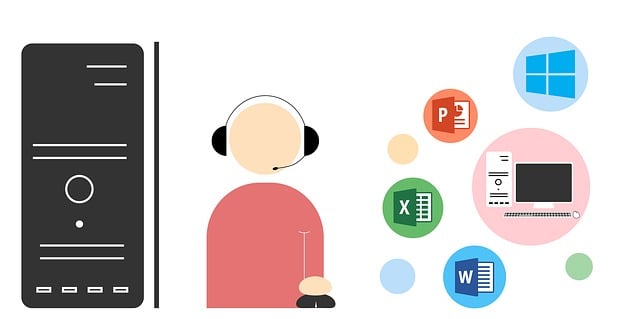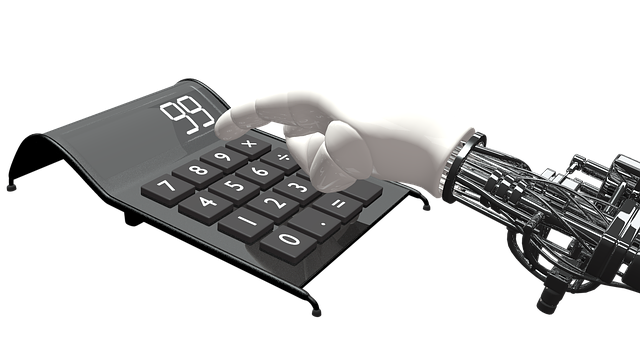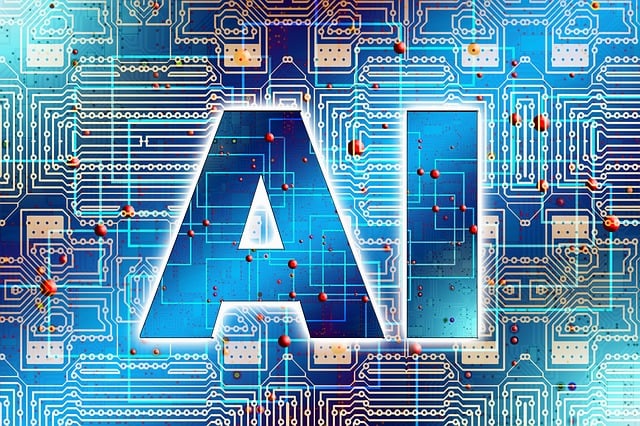In fast-paced work environments, AI-driven task management tools revolutionize traditional methods by offering personalized solutions. Leveraging machine learning, these tools analyze data, automate tasks, and provide insights for enhanced decision-making, freeing up time for strategic initiatives. Ideal features include intelligent prioritization, predictive analytics, NLP for conversational interactions, and seamless integration with productivity suites. By learning user behaviors, these tools predict needs, streamline workflows, and become extensions of individual working styles, ultimately boosting productivity.
In today’s fast-paced world, efficient task management is paramount for individuals and teams alike. However, navigating complex workflows and mounting responsibilities can be daunting. This is where AI-powered tools emerge as game changers. By understanding unique task management challenges and leveraging the power of artificial intelligence, these tools offer unparalleled efficiency and personalization. From intelligent task prioritization to automated reminders, this article explores how AI transforms task management, providing tailored solutions for enhanced productivity.
- Understanding Task Management Challenges and AI's Role
- Key Features of an Effective AI-Powered Task Management Tool
- Personalized Experience: Tailoring the Tool to Your Workflow
Understanding Task Management Challenges and AI's Role

Task management has become increasingly complex in today’s fast-paced work environments, with employees juggling multiple projects and deadlines simultaneously. Traditional methods often fall short, leaving teams struggling to stay organized, efficient, and productive. This is where AI-powered tools step in as game-changers, offering innovative solutions tailored to address these very challenges.
AI provides a personalized approach by learning from user behavior and preferences, adapting to individual workflows, and automating routine tasks. By leveraging machine learning algorithms, these tools can analyze vast amounts of data, identify patterns, and offer insights that enhance decision-making processes. This not only streamlines task execution but also frees up valuable time for employees to focus on more strategic initiatives, fostering a more efficient and engaged workforce.
Key Features of an Effective AI-Powered Task Management Tool

An effective AI-powered task management tool should offer a range of personalized features tailored to individual user needs and preferences. Firstly, intelligent prioritization algorithms that learn from user behavior can help users stay focused on high-impact tasks by automatically sorting and ranking them based on urgency, importance, and deadlines. Secondly, predictive analytics can anticipate future needs by analyzing past task patterns, suggesting optimal times to schedule or assign tasks, and proactively offering reminders for upcoming deadlines.
Additionally, natural language processing (NLP) capabilities enable users to interact with the tool using simple, conversational language, making task creation, assignment, and updates as intuitive as sending a text message. Contextual insights derived from data analysis provide users with actionable recommendations, helping them avoid common pitfalls and optimize their workflow for maximum efficiency. Integration with existing productivity suites and collaboration platforms also ensures seamless workflows and improved team communication.
Personalized Experience: Tailoring the Tool to Your Workflow

One of the most powerful aspects of an AI-powered task management tool is its ability to offer a truly personalized experience. This means that instead of a one-size-fits-all approach, the tool adapts to your unique workflow and preferences. By learning from your behaviors and habits, it can predict and suggest actions, streamlining your tasks and making your work more efficient.
Personalization goes beyond mere suggestions. It includes customizable interfaces, adaptable reminders, and tailored reporting. You can set up the tool to mirror your preferred methods of organization, whether that’s through tags, categories, or customizable fields. This level of personalization ensures that the AI tool becomes an extension of yourself, anticipating your needs and enhancing your productivity without compromising your unique working style.






